L-Cat: A Multi-Purpose Supply Catamaran
CNIM, a company known for its maritime innovations manufactures and supplies L-Cat, an abbreviation for a vessel known as the ‘Landing Catamaran.’
The construction of the L-Cat involves a platform being structured into the frame (hull) of a catamaran. The unique construction allows the catamaran to be dually used as a regular catamaran when the platform is raised, while when the platform is lowered, it becomes a vessel for loading and unloading purposes.
Mainly used for loading naval instrumentations, forces and vehicles that are transported through the amphibious naval vessels, the vessel offers unloading facilities on those harbours where adequate berthing facilities are unavailable. Four such amphibious vessels were acquired by the French naval authority, the Director General for Armaments (DGA) in the year 2009, while an additional quota for four more of these vessels are proposed to be acquired.
In addition to its utility as a naval concomitant vessel, the L-Cat can also be used for carrying supplies during rescue operations, for aiding humanistic operations in the oceanic waters and for aiding the combatant efforts to tackle the fast-growing threat of marine environmental pollution.
The launching of the L-Cat in the waters, can be either on-its-own or as a vessel deployed through a bigger ship stationed in the high seas; the utility and the viability of the L-Cat remaining unaffected in either case.
The specifications of the vessel can be enumerated as follows:
- L-Cat has a length of 30 metres and a width of 12 metres.
- The platform has a lading capacitance of 80 tonnes.
- The speed of the vessel is 25 knots in the absence of any consignment aboard it. The speed however reduces to 18 knots, when the platform is loaded with the necessary consignment.
L-Cat has been duly patented by CNIM which further accentuates the import of the catamaran in the course of international marine operations as does the absence of its construction cost on financial corporations, which has been fully borne by CNIM.
You may also like to read-Main Types of Catamarans Used in the Shipping World
Do you have info to share with us ? Suggest a correction
Latest Type Of Ships Articles You Would Like:
About Author
Marine Insight News Network is a premier source for up-to-date, comprehensive, and insightful coverage of the maritime industry. Dedicated to offering the latest news, trends, and analyses in shipping, marine technology, regulations, and global maritime affairs, Marine Insight News Network prides itself on delivering accurate, engaging, and relevant information.

About Author
Marine Insight News Network is a premier source for up-to-date, comprehensive, and insightful coverage of the maritime industry. Dedicated to offering the latest news, trends, and analyses in shipping, marine technology, regulations, and global maritime affairs, Marine Insight News Network prides itself on delivering accurate, engaging, and relevant information.
Subscribe To Our Newsletters
By subscribing, you agree to our Privacy Policy and may receive occasional deal communications; you can unsubscribe anytime.




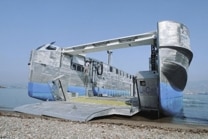
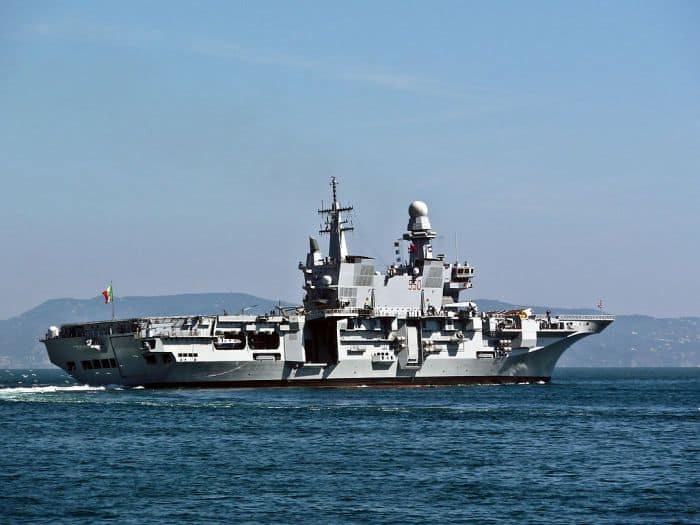
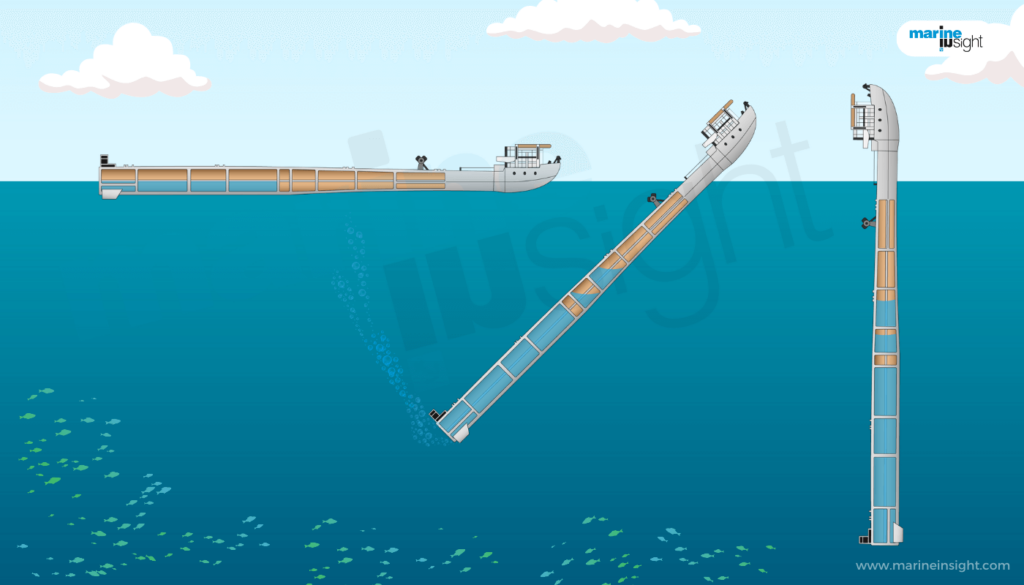

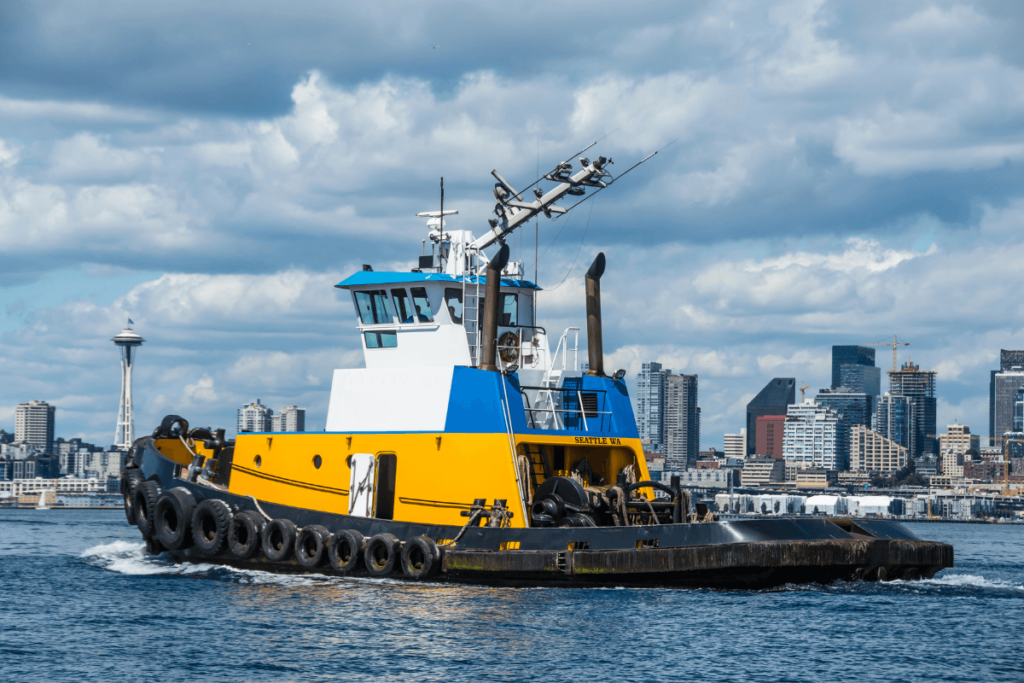

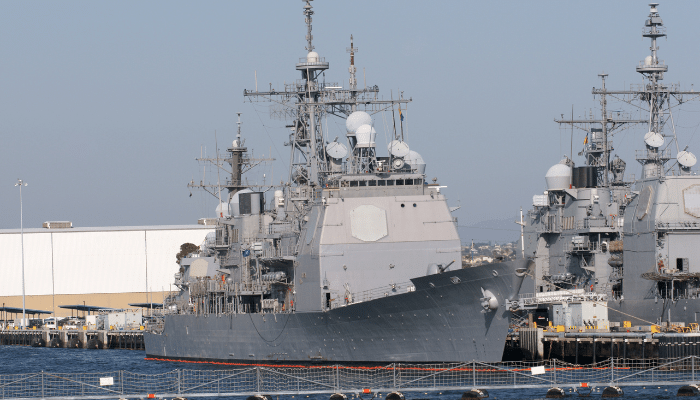

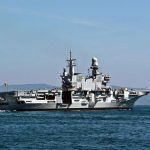
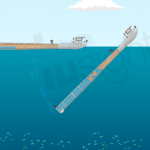
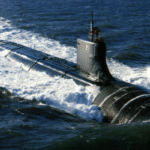
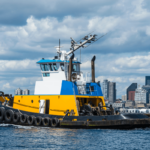
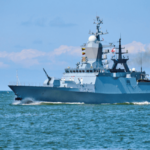
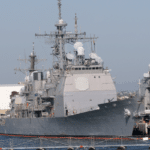
This looks an awful lot like Lockheed Martin’s Vari-Craft, aka E-Craft, aka MV Susitna, a SWATH whose center deck lowers to function as a landing craft. Even the size is similar. I was the naval architect for the Vari-Craft’s preliminary design. Since the American vessel was built with Alaska’s undeveloped infrastructure and Anchorage’s tidal range in mind, our ship also breaks ice!